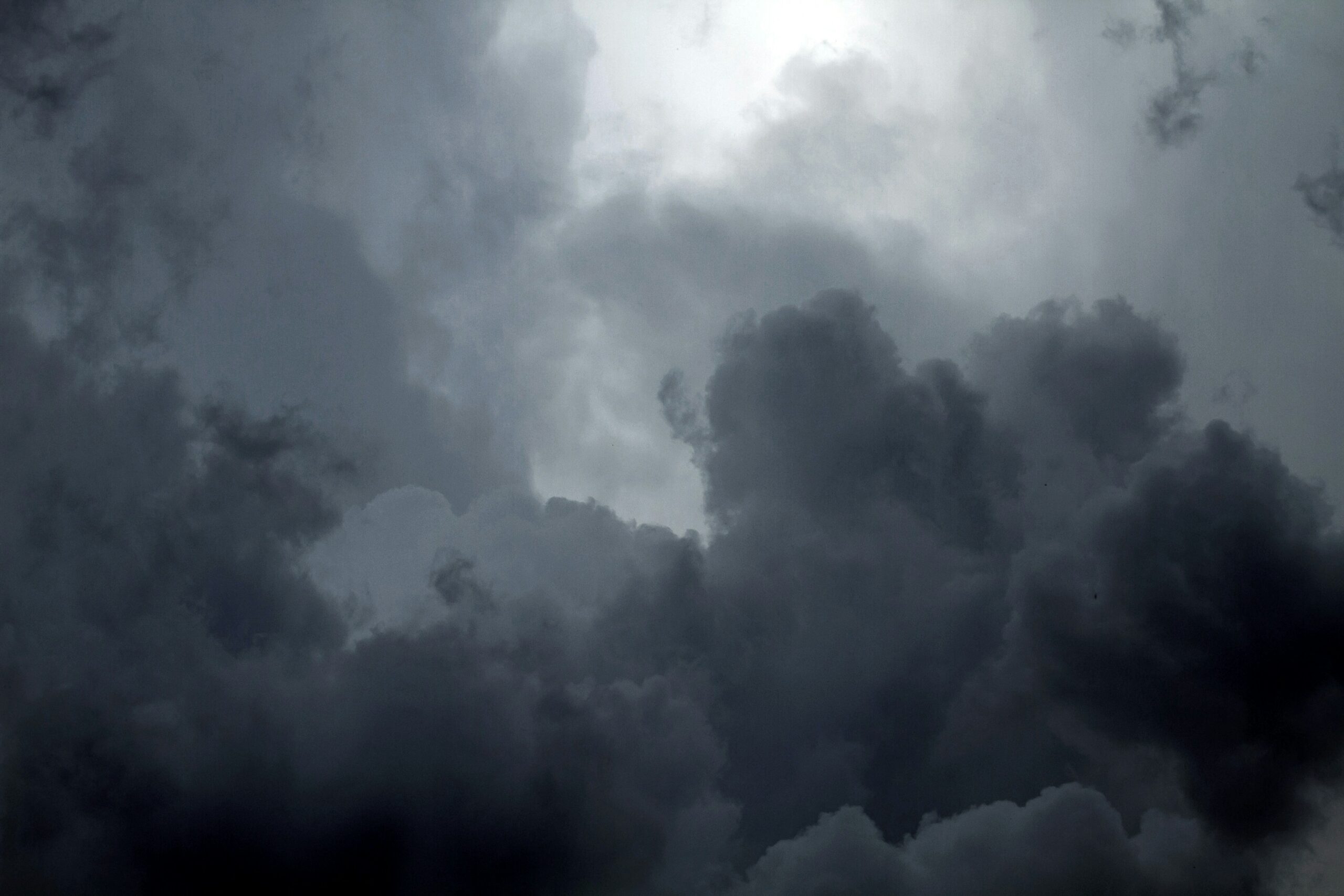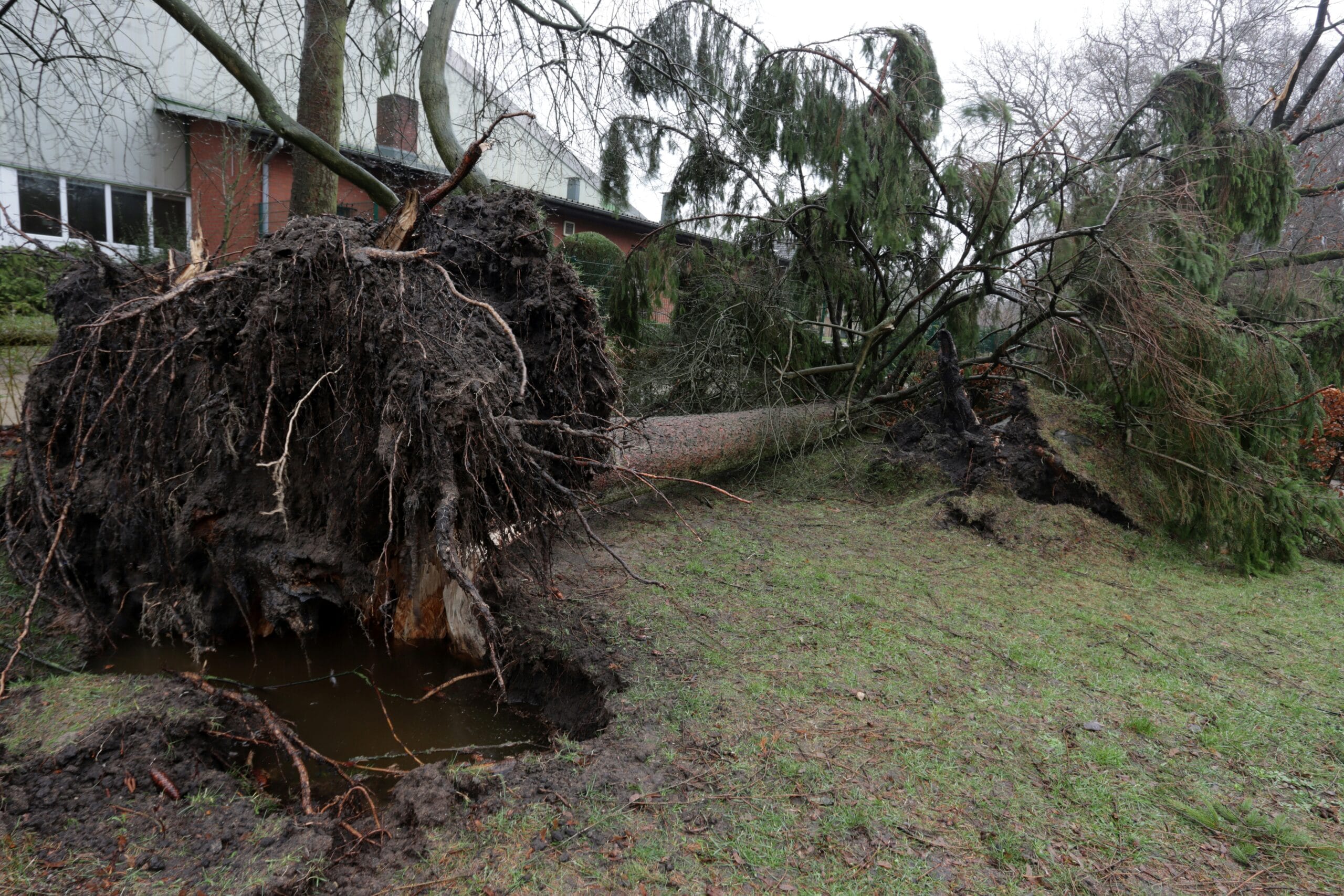Understanding the Tornado Warning
On March 31, 2025, Reading, PA, experienced heightened atmospheric instability that led to the issuance of a tornado warning. Meteorologists closely monitored conditions throughout the region, where a combination of warm, moist air from the south interacted with cooler, drier air aloft. This juxtaposition created a favorable environment for severe thunderstorms capable of producing tornadoes. The unpredictability of such weather phenomena heightened the need for timely alerts to ensure public safety.
A tornado warning is a critical notification indicating that a tornado has been spotted in the vicinity or has been detected on radar. This differs from a tornado watch, which signifies that conditions are conducive to the development of tornadoes but does not confirm their occurrence. Residents in Reading and surrounding areas were advised to take immediate shelter upon receiving the warning, as the potential for severe weather could pose life-threatening risks.
More information Severe Weather Alert: Santa Rosa Faces Record-Shattering Rainfall and Flash Flood Warnings
Severe Weather Alert: Santa Rosa Faces Record-Shattering Rainfall and Flash Flood WarningsThe tornado warning issued for Reading was effective for a specific timeframe, typically lasting until the risk had diminished significantly. In this case, the warning’s expiration time was stated clearly, allowing residents to understand when they could resume normal activities. Throughout the duration of the warning, authorities were vigilant, assessing weather updates and the possibility of tornado touchdowns. Fortunately, while the tornado warning was issued, there were no confirmed instances of tornado touchdowns in the immediate area, alleviating some concerns among the populace. The absence of actual tornado events underscores the importance of these warnings as a precautionary measure, allowing citizens to prepare without the risk manifesting in their immediate vicinity.
Impact of Severe Weather: Flooding and Storm Effects
The recent severe weather in Reading, PA, has raised significant concerns regarding flooding and its subsequent effects on the local community. Heavy rainfall accompanying the storms has increased the risk of flash floods, posing a threat to both property and public safety. Residents are advised to remain cautious, as standing water can lead to hazardous conditions, obstructing roadways and complicating emergency response efforts.
Flooding, particularly on highways and smaller roads, can render these routes impassable, which is critical during times of emergency when quick access to medical facilities or shelters is required. In addition, equipment maintenance and street drainage systems may be overwhelmed by the unexpectedly high volumes of precipitation, exacerbating the impact on local transportation and accessibility. It is essential for individuals to stay informed through local advisories and forewarnings issued by officials to avoid unnecessary travel during these hazardous conditions.
More information Understanding the Winter Storm Warning: What You Need to Know
Understanding the Winter Storm Warning: What You Need to KnowThe importance of adhering to safety advisories cannot be overstated. Residents should remain vigilant and prepared to evacuate if necessary, especially if flash flood warnings are issued. Staying indoors during peak storm periods, ensuring emergency kits are readily available, and maintaining communication with family members can all significantly enhance personal safety during severe weather events.
Furthermore, community awareness is crucial in mitigating the risks associated with flooding. Those living in areas prone to water accumulation should be particularly cautious, as even minor rainfall can lead to significant flooding risks. By understanding the gravity of severe weather impacts, individuals can better protect themselves and their property while preparing for future weather disturbances.
Decoding Weather Alerts: What Do They Mean?
Understanding weather alerts is crucial for ensuring safety during severe weather events. These alerts serve as vital communication tools, informing the public about imminent weather-related dangers. In particular, tornado watches and warnings are two essential types of alerts that warrant careful attention.
More information Understanding Red Flag Fire Warnings and Their Implications
Understanding Red Flag Fire Warnings and Their ImplicationsA tornado watch indicates that conditions are favorable for the development of tornadoes in a specific area. This alert serves as an early warning, suggesting the potential for severe weather. During a watch, individuals should remain vigilant, monitor local news or weather services, and be prepared to take action if conditions worsen. It is advisable to have a safety plan in place, including establishing a safe location within the home, such as a basement or an interior room on the lowest floor.
In contrast, a tornado warning is a more serious alert, signifying that a tornado has been sighted or indicated on weather radar. This means immediate action is required. When a tornado warning is issued, individuals should seek shelter immediately, as the threat is imminent. It is recommended to move to a designated safety zone, avoiding windows, and protecting oneself with sturdy objects or cushions. Remaining informed through local broadcasting or alert systems can provide life-saving updates during these urgent situations.
In addition to tornado watches and warnings, various other alerts are issued for severe weather, including flood watches and warnings. Similar in structure, a flood watch indicates potential flooding, while a flood warning signifies that flooding is actively occurring or imminent. Responding appropriately to these alerts is essential for personal safety and property protection.
More information Storm Sara: What You Need to Know
Storm Sara: What You Need to KnowUltimately, understanding these weather alerts empowers residents to take proactive measures during severe weather events. By recognizing the differences between watches and warnings, individuals can better prepare and ensure their safety when threats, such as tornadoes or flooding, arise.
Looking Ahead: Weather Forecast for Upcoming Days
As Reading, PA begins to recover from the recent severe weather, the forecast for the upcoming days shows a mix of conditions that residents should be prepared for. Meteorologists predict fluctuating temperatures, moving from the current cooler readings to a slight warming trend as the week progresses. This rise in temperature may lead to increased humidity, creating the potential for isolated thunderstorms, particularly during the afternoons and evenings.
The forecasts indicate that Thursday and Friday are likely to feature heightened chances of precipitation, potentially exacerbating existing flooding concerns in various low-lying areas. Residents who live near rivers and streams should remain vigilant, as the combination of recent rainfall and forecasted thunderstorms could contribute to swelling water levels. Flood warnings may be issued in anticipation of the situation worsening, with local authorities urging residents to stay informed through reliable weather updates.
More information Chicago’s Weather Unveiled: From Blizzards to Beaches
Chicago’s Weather Unveiled: From Blizzards to BeachesMoreover, the wind conditions are expected to shift, with gusts becoming more prevalent across Reading. This could lead to further instability in the atmosphere, increasing the likelihood of severe weather phenomena, including hail or damaging winds with any thunderstorms. Such conditions highlight the importance of staying prepared and having an emergency plan in place.
It is essential for residents to monitor updates from the National Weather Service as the situation evolves. Being proactive can help mitigate the risk of damage and ensure safety during these unpredictable weather patterns. Staying informed will be key to navigating the potentially stormy days ahead as the impact of the recent severe weather continues to unfold.

